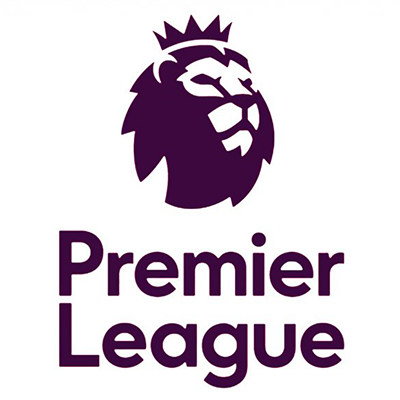Almost all Federal Reserve policymakers thought the economy could grow more quickly because of fiscal stimulus under the Trump administration and many were eyeing faster interest rate increases, minutes from the central bank’s December meeting showed.
The minutes, released on Wednesday, showed how broadly views within the Fed are shifting in response to President-elect Donald Trump’s promises of tax cuts, infrastructure spending and deregulation.
Policymakers were clear that the outlook for those policies remained uncertain, but they could, if implemented, stoke higher inflation which would lead the Central Bank to raise borrowing costs more aggressively.
“About half of the participants incorporated an assumption of more expansionary fiscal policy in their forecasts,” according to the minutes from the Dec. 13-14 meeting, referring to the 17 policymakers who participated.
“Almost all also indicated that the upside risks to their forecasts for economic growth had increased,” the minutes stated.
The central bank’s policy-setting committee unanimously raised interest rates last month by a quarter of a point and policymakers signaled a faster pace of rate increases in 2017 than previously expected.
That was seen as the Fed’s first reaction to Trump’s victory in the Nov. 8 election.
But the minutes showed policymakers might signal an even more aggressive path of rate increases if inflationary pressures rose.
Trump campaigned on promises to double America’s pace of economic growth and “rebuild” the country’s infrastructure.
“This is a slightly hawkish set of minutes,” said Paul Ashworth, an economist at Capital Economics in Toronto.
Fed policymaker projections released last month pointed to a labour market heating up to just a little stronger than its longer-run normal level.
The minutes, however, showed “many participants judged that the risk of a sizable undershooting of the longer-run-normal-unemployment-rate had increased and that the Committee might need to raise the federal funds rate quickly.”
At the same time, Fed policymakers “emphasized their considerable uncertainty” about future economic policy changes.
Trump will take office on Jan. 20 and has yet to outline in detail his economic policy plans.
U.S. short-term-interest-rate futures rose slightly after the release of the minutes but not enough to suggest altered expectations for the central bank’s rate hike path this year.
Traders continued to price in two rate hikes this year and slightly less than a 50 per cent chance of a third, based on the price of fed funds futures contracts traded at CME Group’s Chicago Board of Trade.
U.S. stock prices were largely unchanged by the minutes, with the Standard & Poor’s 500 index .SPX holding a gain of about 0.5 per cent.
The dollar weakened against the euro and the British pound.
The Trump administration is expected to add more so-called inflation hawks to the Fed’s ranks, which could offset a dovish tilt this year on the policy-setting committee and rattle a fragile consensus to go slow on rate hikes.
(Reuters/NAN)
UDO




 Premier League
Premier League